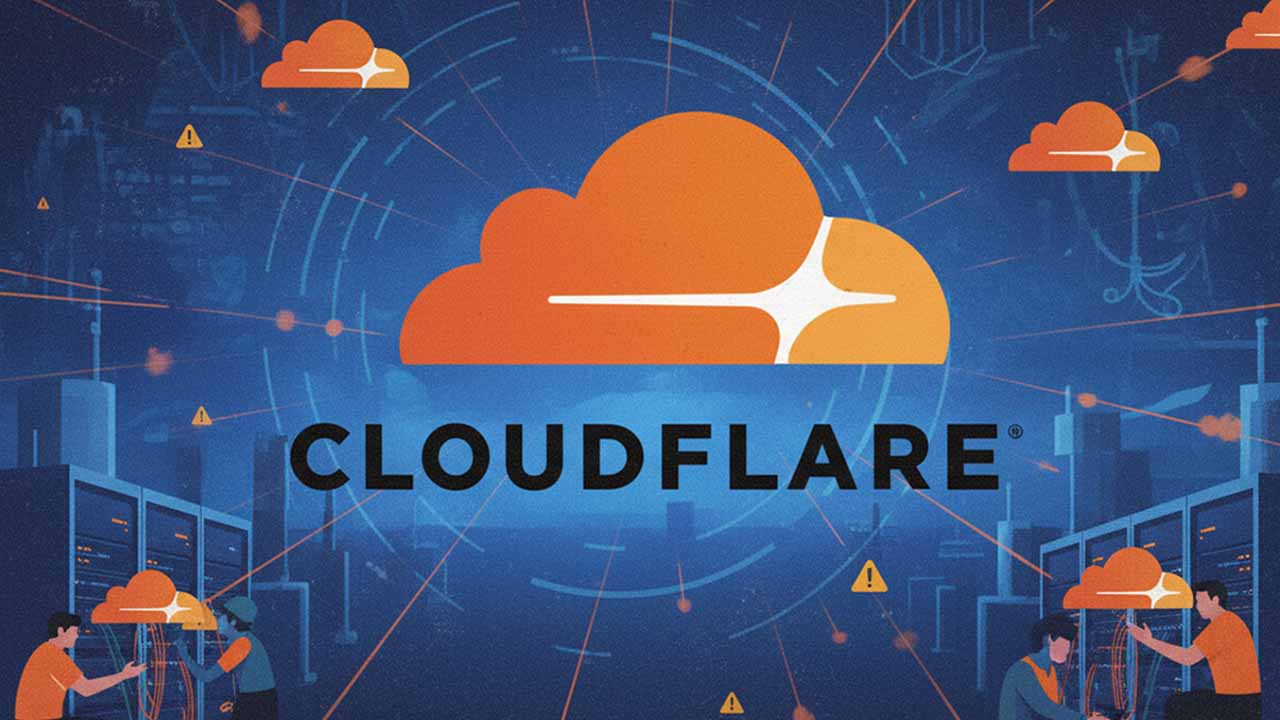Yesterday, the internet experienced noticeable disruption when Cloudflare, one of the world’s most widely used DNS, CDN and security providers, suffered a large-scale outage. Many websites, applications and SaaS tools dependent on Cloudflare’s network faced intermittent issues, slow loading, or temporary unavailability.
At eCare Infoway LLP, we monitored the situation in real time and took all necessary actions to ensure that our client websites remained stable, secure, and as accessible as possible during the global incident.
This article explains:
- What caused the Cloudflare outage
- Why so many websites were affected
- How our technical team handled the situation
- The importance of layered website infrastructure
- How our hosting and maintenance services help prevent major disruptions
What Exactly Happened with Cloudflare?
Based on Cloudflare’s public status update, a configuration issue during a network-wide update triggered:
- Routing inconsistencies
- Elevated latency
- Packet loss
- Temporary unavailability of some Cloudflare edge locations
- DNS resolution delays
Because Cloudflare operates as a “middle layer” for millions of websites, even a brief misconfiguration can cause symptoms such as:
- Websites loading slowly
- APIs timing out
- Admin dashboards failing to load
- Third-party scripts not responding
- DNS lookups failing intermittently
The impact was global because so many platforms rely on Cloudflare for hosting, DNS, CDN, WAF, caching, and security.
How eCare Infoway LLP Responded During the Incident
While no company can fully eliminate the risks of global outages, our technical team works with a layered and proactive approach that significantly reduces the impact of such events.
1. Real-Time Monitoring & Alerts
Our monitoring tools alerted us to unusual response times on Cloudflare-dependent websites. This enabled our support engineers to evaluate the situation and take precautionary steps immediately.
Explore our 24/7 Server Monitoring Services
2. Redundant DNS Configuration Where Applicable
For several client websites, we already maintain additional DNS layers that help soften disruption when a single provider experiences delays.
This redundancy ensured that many services continued functioning with minimal interruption.
Learn about our Managed Hosting & Server Setup Services
3. CDN & Cache-Level Adjustments
Where appropriate, we temporarily fine-tuned cache rules and fallback settings to stabilise website accessibility.
This helps maintain performance even when external networks behave unpredictably.
4. Transparent Communication with Clients
During global outages, uncertainty causes more worry than the outage itself.
We kept affected clients informed about the situation, the cause, and the steps we were taking. Clear, timely communication remains one of our strongest commitments.
Why Businesses Need Multi-Layer Protection in Today’s Internet Environment
Incidents like this highlight that even the biggest companies in the world can face downtime. This is why businesses should prioritise:
- Redundant DNS systems
- Real-time uptime monitoring
- Strong caching strategies
- Regular maintenance
- Backups and rollback architecture
- Professional server management
- Performance optimisation
- Security hardening
No single provider can guarantee absolute uptime — but a well-designed infrastructure reduces risk and improves resilience.
Explore our Website Development & Infrastructure Services
Conclusion: Preparedness Matters More Than Guarantees
The Cloudflare outage is a reminder that outages can happen even to the most advanced global networks. But with strong architecture, redundancy, and proactive support, businesses can significantly minimise disruption.
At eCare Infoway LLP, our approach during the incident ensured:
- Proactive actions
- Stabilised performance where possible
- Protected DNS routing
- Clear communication with clients
While absolute guarantees don’t exist in the real world of internet infrastructure, preparation, monitoring and response make all the difference.
If you’d like to strengthen your website’s resilience or review your current setup, we’re here to help.




